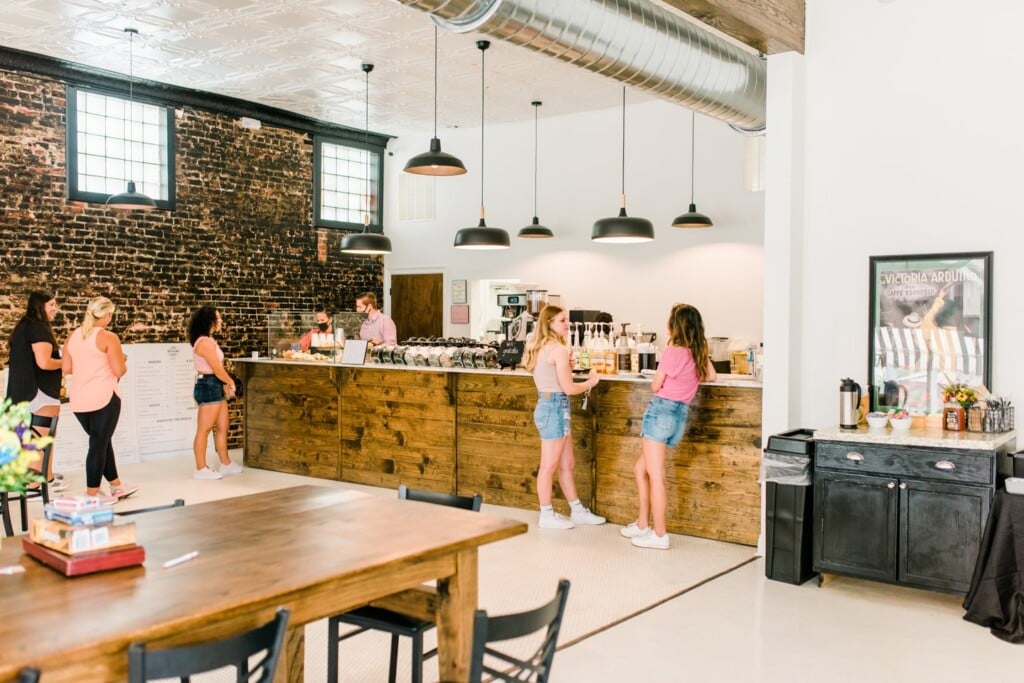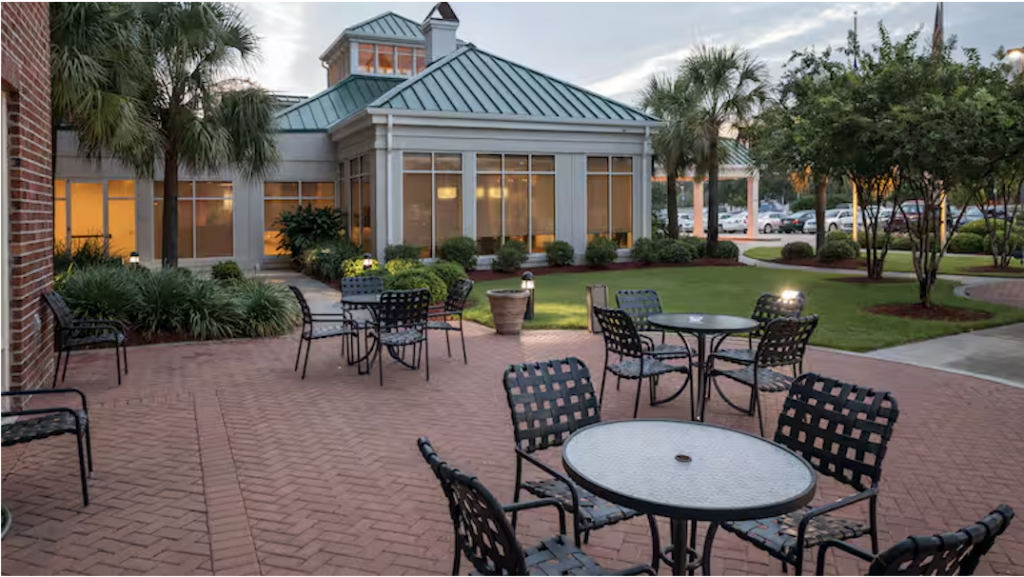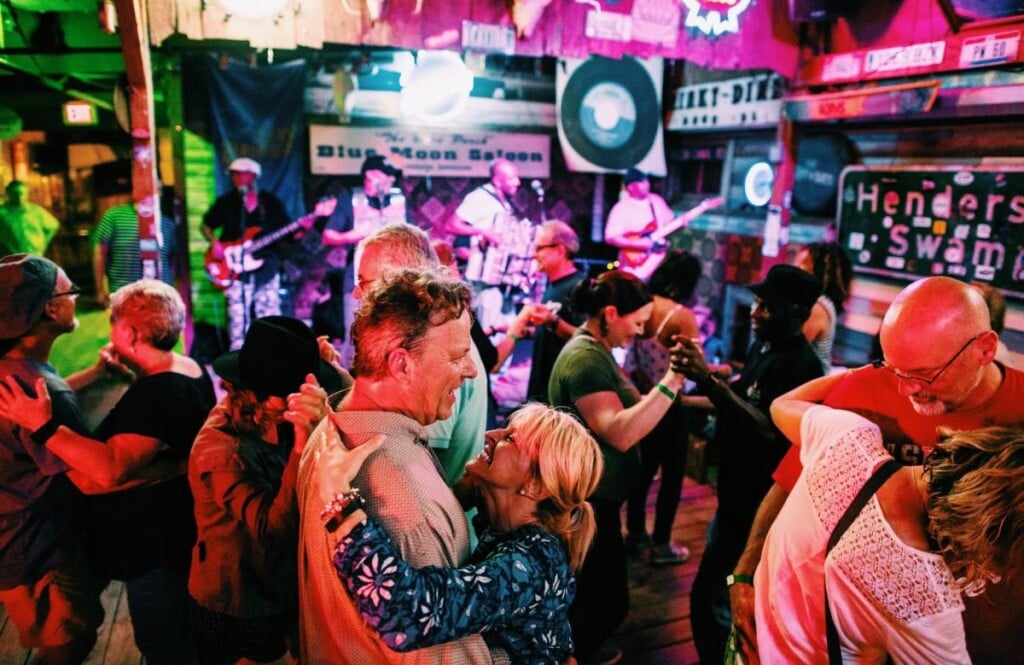The Caribbean Connection

While the Louisiana winter is a sometimes pleasant, sometimes harsh reminder that we are indeed a part of the North American continent, and while, culturally, we do share many historical connections with our French cousins far to the north, as well as, increasingly, with the English portions of this continent, here in South Louisiana, historically, the strongest of our cultural affinities have been instead to our south — to the French and Spanish Caribbean, and beyond.
Evidence for the strength of these cultural connections can be found in what is called le vocabulaire des îles (“the vocabulary of the islands”), the name given to the collection of words shared across our part of the equatorial colonial world. Many of these words have their origin in the languages native to this region: for example, ravet (also ravert, “cockroach”) is a word found only in Louisiana and the Caribbean, ultimately taken from a Tupian language of South America — from where we also get giraumont (“pumpkin”), a word well known in Louisiana, Guadeloupe, Haiti, and Brazil. Another word of South American origin is lagniappe, originally a Quechuan word ñapa that is still used in many parts of the former Incan empire today. Some of these Caribbean and South American terms have also traveled far beyond this section of the New World: boucane (“smoke”), maragouin (“mosquito”; also maringouin, marangouin, etc.), latanier (“palmetto”), pirogue, ananas (“pineapple”), manioc (“cassava; starch (cassava or other)”), and ouragan (“hurricane”) are all familiar words here, but also elsewhere in the French-speaking world.
Of course, we also share many words of African origin: févi and gombo (“okra”), for example, both come to us, like the plant itself, from Subsaharan Africa. Gombo was borrowed from a Kimbundu language of modern-day Angola, while févi was taken from a Gbe language in coastal Nigeria and Benin. Févi, outside of this small portion of Africa, exists only in Louisiana — but gombo, originally kigombo, has made its way across the Americas: in Haiti, Cuba, Puerto Rico, the Dominican Republic, El Salvador, Venezuela, and Brazil, this fruit is still known as quingombó or some shortened form.
Other words, while perhaps finding their origins in Europe, have acquired new meanings — or retained old ones — that are now unique to these areas: the word grègue (“coffeepot, coffeemaker”), an unavoidable item of the vocabulary of daily life in Louisiana, is also found in Cuba, as well as on the islands of Mauritius and La Réunion in the Indian Ocean. We in fact share many, many words with Mauritius, La Réunion, Haiti, Guadeloupe and other French Creole societies, such as: bougre (“guy, dude, fellow”), cabri (“goat”), chevrette (“shrimp”), and poban (“clay jar”) — just to name a few — and with Mauritius and La Réunion specifically: mâchoiron (in Louisiana, “saltwater catfish;” in Mauritius and La Réunion “eel catfish”), manglier (“mangrove tree,” also, in Louisiana, “baccharis tree”), and pâtira (“sufferant, person who suffers); and this shared language of ours attests a time when Louisiana, the northernmost point of the Caribbean, was much more connected — culturally and, before railroads and automobiles, physically — with our Spanish and French cousins to the south than with our American neighbors to the north.


